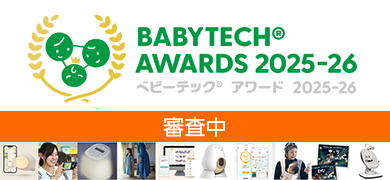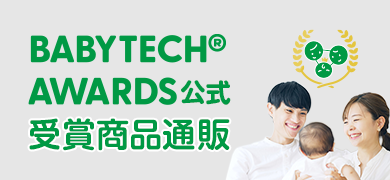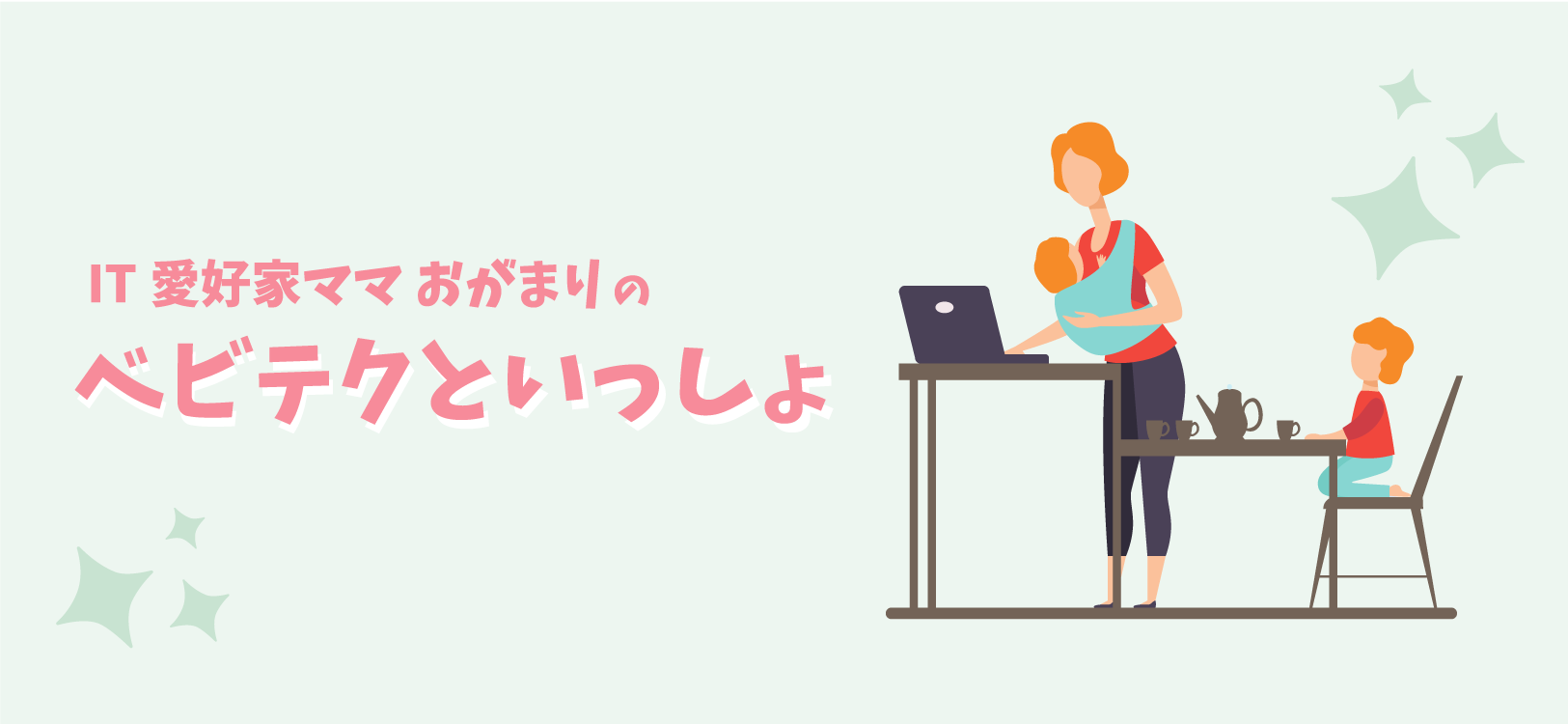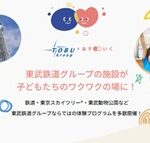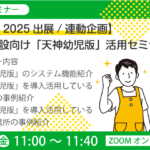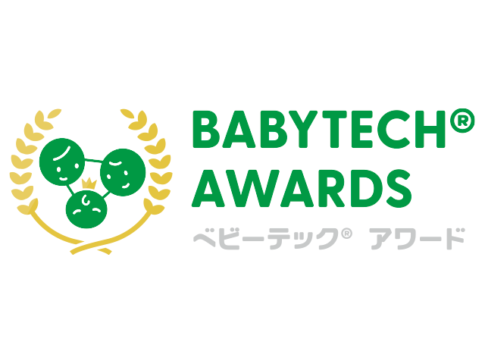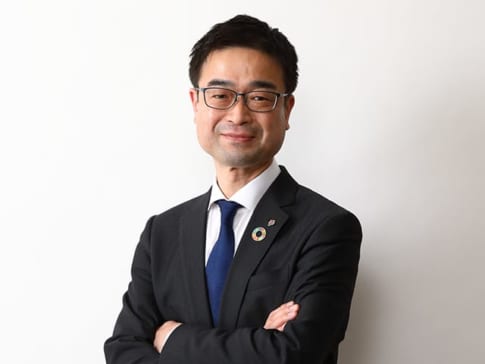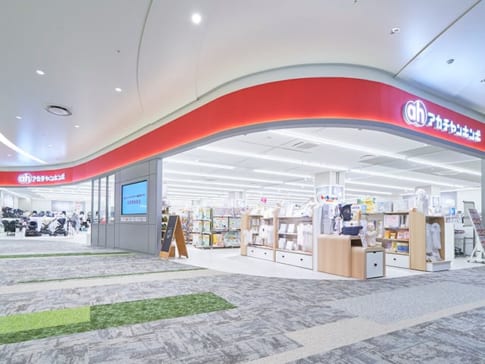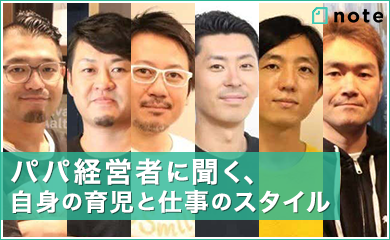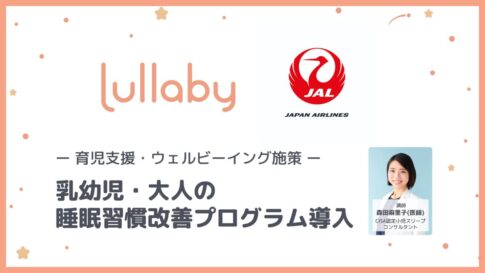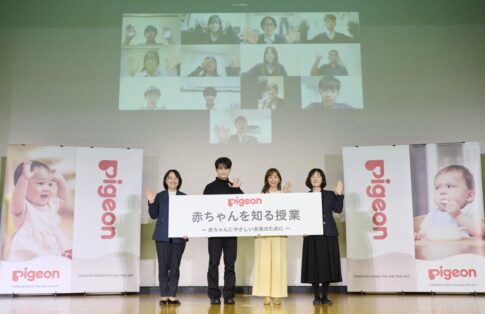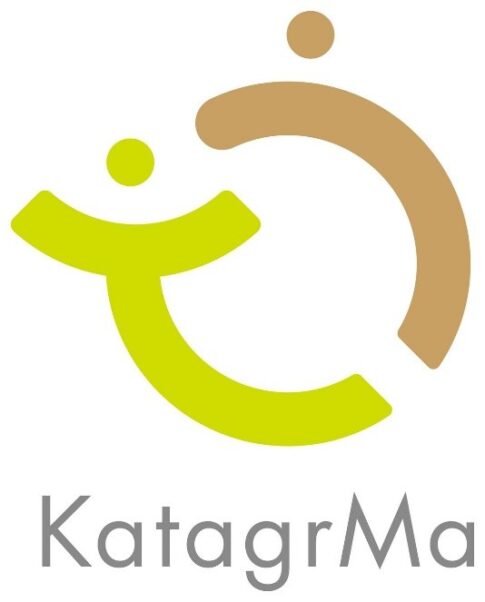Similar consultation rates if replies are received within 24 hours - First in Japan to analyze data from approximately 7,400 consultation cases
- The following is content from the press release -
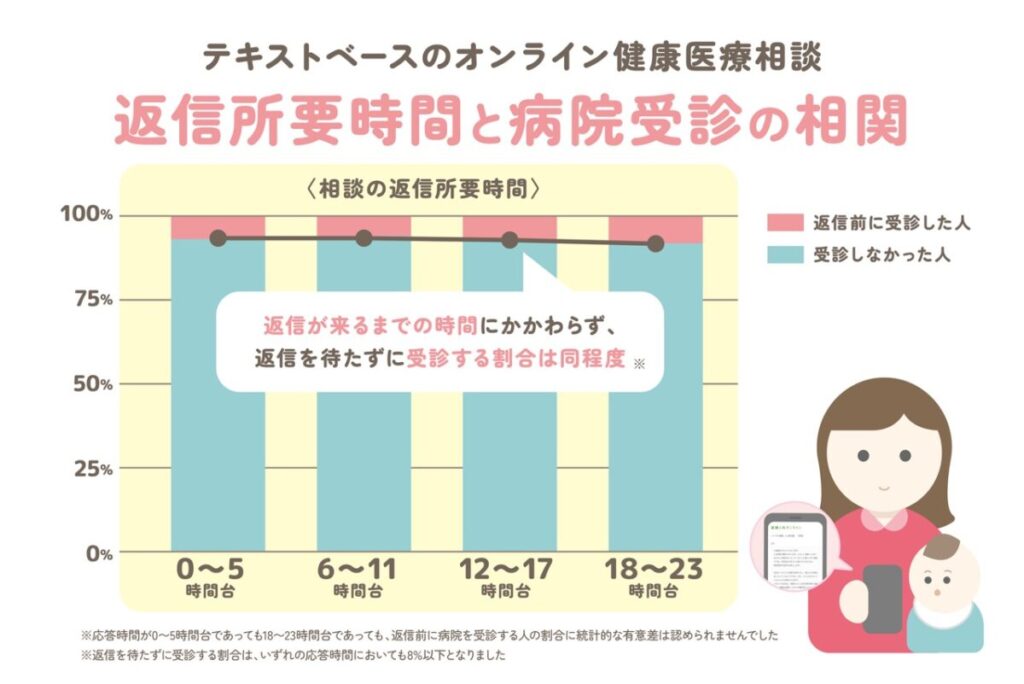
Presentation Points
- An asynchronous online consultation (text format) for obstetrics and gynecology showed no statistical association between time to reply from the doctor and "the behavior of visiting a hospital without waiting for a reply".
- It was also found that the difference in reply time and whether or not the respondent had visited a hospital before replying did not have a significant impact on satisfaction with the service (intention to reuse the service).
- We believe that the results show that both usefulness and satisfaction with the service are high, as long as users understand that the service is a consultation, not a medical procedure, and that it may take up to 24 hours to receive a reply.
Kids Public Inc. and Nippon Medical School's research group analyzed 7,394 consultation data for text-type consultations on "Obstetrics and Gynecology Online," an asynchronous online consultation service in the field of obstetrics and gynecology. This study investigated the impact of "reply time" from doctors on users' "visits to hospitals before reply" and "satisfaction" in asynchronous online consultations, which are convenient because no appointment is required, but there were concerns that delays in reply would cause anxiety among users and lead to hospital visits and lower satisfaction.
Analysis of data from July 2021 to June 2023 revealed no significant association between reply time and hospital visit prior to reply, as long as the reply was generally within 24 hours. These results are expected to contribute to the appropriate design and operation of asynchronous online consultation services in the future. The results of this study were published in the international journal DIGITAL HEALTH in April 2025.
https://journals.sagepub.com/doi/full/10.1177/20552076251335379
Background and issues of this study
In recent years, the use of telehealth medical consultation (hereinafter referred to as "online consultation") has been rapidly expanding against the backdrop of advances in information and communication technology and the outbreak of new coronavirus infection. There are two types of online consultations: "synchronous," in which consultations are exchanged in real time via video calls, etc., and "asynchronous," in which a specialist replies later, as in the case of e-mail.
Asynchronous online consultation offers the convenience of allowing users to consult with a specialist regardless of time or location. At the same time, however, there have been concerns that users might become anxious while waiting for a reply and end up visiting a medical institution, or that the delay in receiving a reply might reduce satisfaction with the service, which has never been verified using large-scale data anywhere in the world.
Outline and main points of this study
Analysis Method》7,394 cases of large-scale consultation data were statistically analyzed.
This research group analyzed anonymized data on 7394 consultations received from July 2021 to June 2023 for text-format consultations on "Obstetrics and Gynecology Online," an asynchronous online consultation service specializing in the field of obstetrics and gynecology.
Specifically, the "reply time" from the time the consultation is sent until the obstetrician/midwife replies is classified into several categories (0 to 5 hours, 6 to 11 hours, etc.). Then, in each category, we statistically analyzed whether there was a difference in the "ratio of actually visiting the hospital" before the user received a reply and the "level of satisfaction (intention to reuse the service)" as surveyed in the post-use questionnaire. In doing so, adjustments were made to ensure that other factors, such as the age of the users and the nature of the consultation, did not affect the results.
Result》No statistically significant difference was found in the rate of consultation before reply, regardless of the reply time.
The analysis showed that the most common reply time was in the 0-5 hour range (about 40%), and about 70% of the consultations were replied to in less than 12 hours. And there was no significant difference in the proportion of those who visited a hospital before replying, whether the reply time was in the 0-5 hour range or in the 18-23 hour range. The overall satisfaction (intention to reuse) was 99.51 TP6T, indicating that seeing a hospital before replying did not affect satisfaction.
Additionally, there were no calls from users or health care providers related to unexpected sudden changes in condition or serious illnesses following the use of services.
Novelty and originality of research results
In asynchronous online consultation, there has been no study to date that has clarified the relationship between the specific indicator of "reply time" and users' "actual consultation behavior" using large-scale data of several thousand cases. This study is a pioneering achievement that provides concrete evidence as to how the response time should be positioned in terms of service quality and convenience.
Future social significance and prospects
The results of this study may serve as an important guideline for service design for providers of asynchronous online consultation services. Specifically, the results suggest that clearly informing users that they will receive a reply within 24 hours in principle will allow them to wait for a reply with peace of mind and may discourage unnecessary hospital visits.
In the future, we plan to further analyze what factors influence satisfaction (e.g., quality of reply content), as well as conduct research from a longer-term perspective. Through these studies, we will contribute to the spread of higher quality online consultation services and to the mental and physical health of women and children, including expectant and nursing mothers.
glossary
Asynchronous Telemedicine.
Telemedicine in which the physician or other health care provider checks and replies to the consultation details (text, images, etc.) sent by the patient later, rather than in real time between the provider and the user (patient, etc.). This type of telemedicine includes e-mail and staggered chat consultations.
Synchronized Telemedicine."
A form of telemedicine in which a medical provider and a user (e.g., patient) communicate in real time via video call.
Paper Information
Title: Evaluation of response time in asynchronous telehealth services in obstetrics and gynecology: A cross-sectional study using a telehealth service user data
Authors: Daisuke Shigemi, Rena Toriumi, Ai Ohta, Saki Nakamura, Shunji Suzuki
Publication: DIGITAL HEALTH
Volume & Page: Volume 11
Year of issue: 2025
DOI: 10.1177/20552076251335379
About Us
Company name: Kids Public Co.
Location: SK Midoshirocho Building 5F, 11-8 Kanda Midoshirocho, Chiyoda-ku, Tokyo
Representative: Naoya Hashimoto
Established: 2015
Number of employees: 27 (as of August 2024)
Number of affiliated medical personnel: 269 (as of August 2024)
URL:https://kids-public.co.jp/

